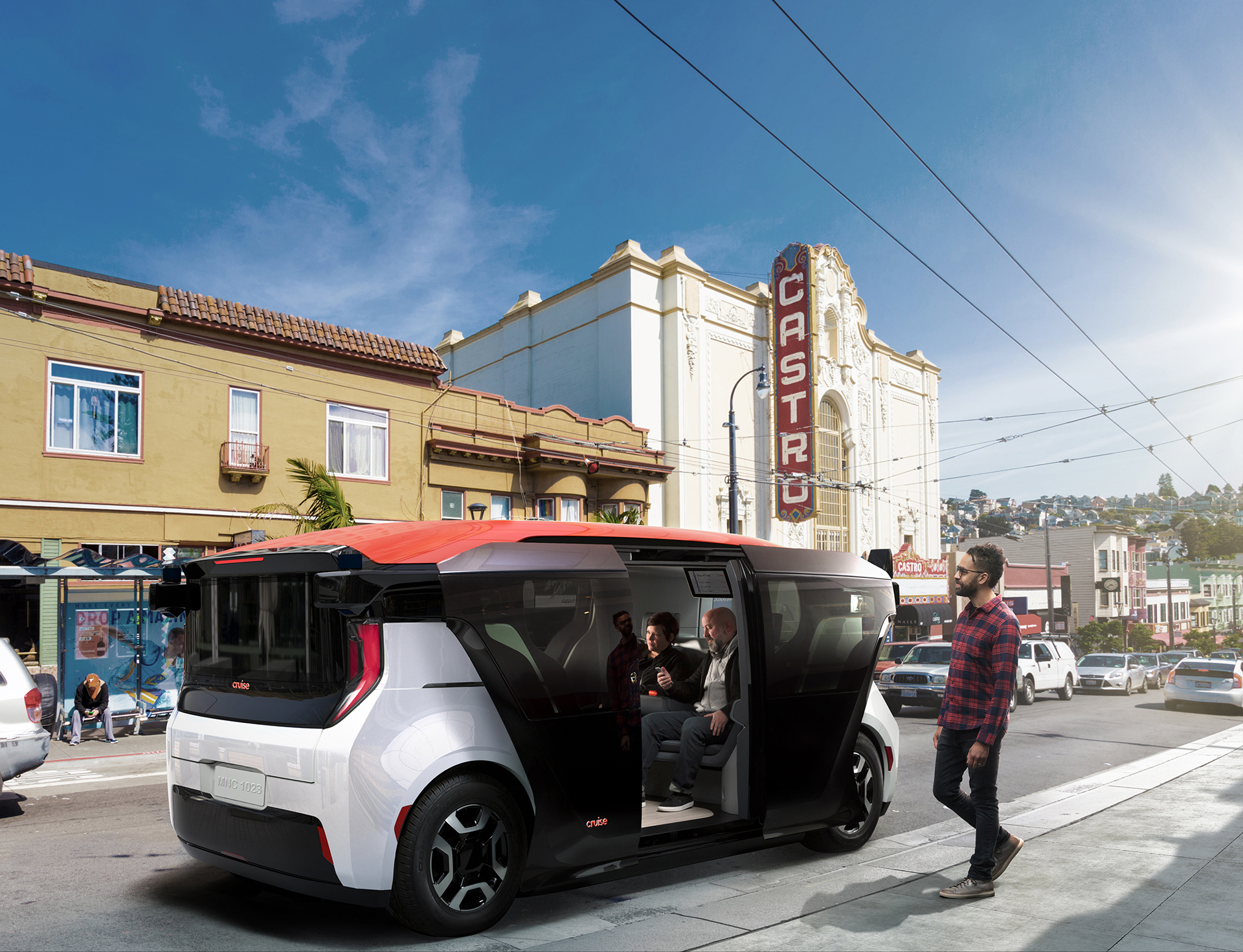The rollout of robotaxis and self-driving cars has taken a knock, after General Motors (GM) said it would scale back spending on its troubled Cruise division.
Reuters reported CEO Mary Barra as saying on Tuesday during a call with investors that General Motors is cutting spending by about $1 billion at its Cruise division in 2024.
However the car giant reportedly said it remains committed to the self-driving project, despite currently facing a number of official investigations after a noteworthy accident in 2023.

Spending reduction
According to Reuters, CEO Mary Barra said GM will “refocus and relaunch Cruise,” and said the company would “soon” disclose a timetable for resuming operations.
Cruise burned $1.9 billion in cash during 2023, and recorded a $2.7 billion pretax loss, not including $500 million in restructuring costs incurred in the fourth quarter as the unit cut staff, GM reportedly said.
“We are committed to Cruise,” Barra said.
It comes after Cruise last week disclosed probes by the US Justice Department and the Securities and Exchange Commission stemming from the 2 October 2023 accident in San Francisco.
San Francisco accident
Back in August 2023, the California state regulator – the Public Utilities Commission (PUC) – had approved an expansion that authorised around-the-clock rides (from both Cruise and Waymo) throughout San Francisco – the second most dense city in America.
However that move had been strongly opposed by transportation and safety agencies, such as the police and fire departments, as well as many residents, because of concerns about robotaxi’s erratic driving and interference with their operations.
The PUC approval had allowed both Cruise and Waymo to charge fares for rides at any time of day, and had further cemented San Francisco’s position as the home city for self-driving car services.

But on 2 October matters took a turn for the worse for Cruise, when a pedestrian was struck by vehicle driven by a hit-and-run driver, who fled the scene.
The pedestrian was unfortunately flung into the path of the Cruise robotaxi, and the person was then dragged beneath the robotaxi for 20 feet (6 metres) as it pulled over to the side of the road.
The critically injured female pedestrian was pinned beneath its rear wheels and had to be extracted from under the robotaxi with the help of the “jaws of life” by the Fire Department, before being taken to San Francisco General Hospital with “multiple traumatic injuries.”
After California pulled its licence, Cruise implemented a number of changes, including a recall (i.e. an over-the-air software update) of 950 driverless cars from the roads.
Cruise then confirmed that it was withdrawing all its vehicles from testing on public roads in the United States, to conduct a safety review after the accident. It hired an outside law firm to scrutinise its response to the 2 October accident.
Cruise also cut a quarter of its staff, and revealed it was planning to re-launch in one unspecified city before expanding to others.
In December it was reported that Cruise had dismissed nine key people amid the ongoing safety investigation, after it was reported it faced a $1.5m penalty for allegedly failing to disclosure details about the accident. The California Public Utilities Commission (PUC) had alleged the firm tried to conceal how its robotaxi reacted to the accident for more than two weeks.
Among the dismissed Cruise executives was Chief Operating Officer Gil West. It came after Cruise also reportedly compelled its former CEO Kyle Vogt and chief product officer and co-founder Daniel Kan to step down.
Cruise future
And despite a significant reduction in its spending at Cruise, GM CEO Mary Barra remains committed to the self-driving venture.
According to Reuters Barra said the company will cooperate with the government investigations, and she said Cruise will set a higher bar for its robot driver than matching the safety of human drivers.
GM has learned that “humans expect computers to be much more safe” than human operators, she reportedly said.
Barra said Cruise’s spending this year will be focused on retaining software and engineering talent. With the previous plans to expand Cruise’s robotaxi operations to 20 cities now on hold, GM does not need to spend on vehicles and operations personnel, she said.
Reuters reported that a technical review by engineering firm Exponent commissioned by GM and released last week found the Cruise vehicle suffered from mapping errors and incorrectly identified hitting the woman as a side impact collision, the report stated.
Cruise has since recalled the vehicles and updated its software.
Cruise earlier this month offered to pay $75,000 and make new disclosures to resolve an investigation by the California Public Utilities Commission into its failure to disclose details of the 2 October accident.




